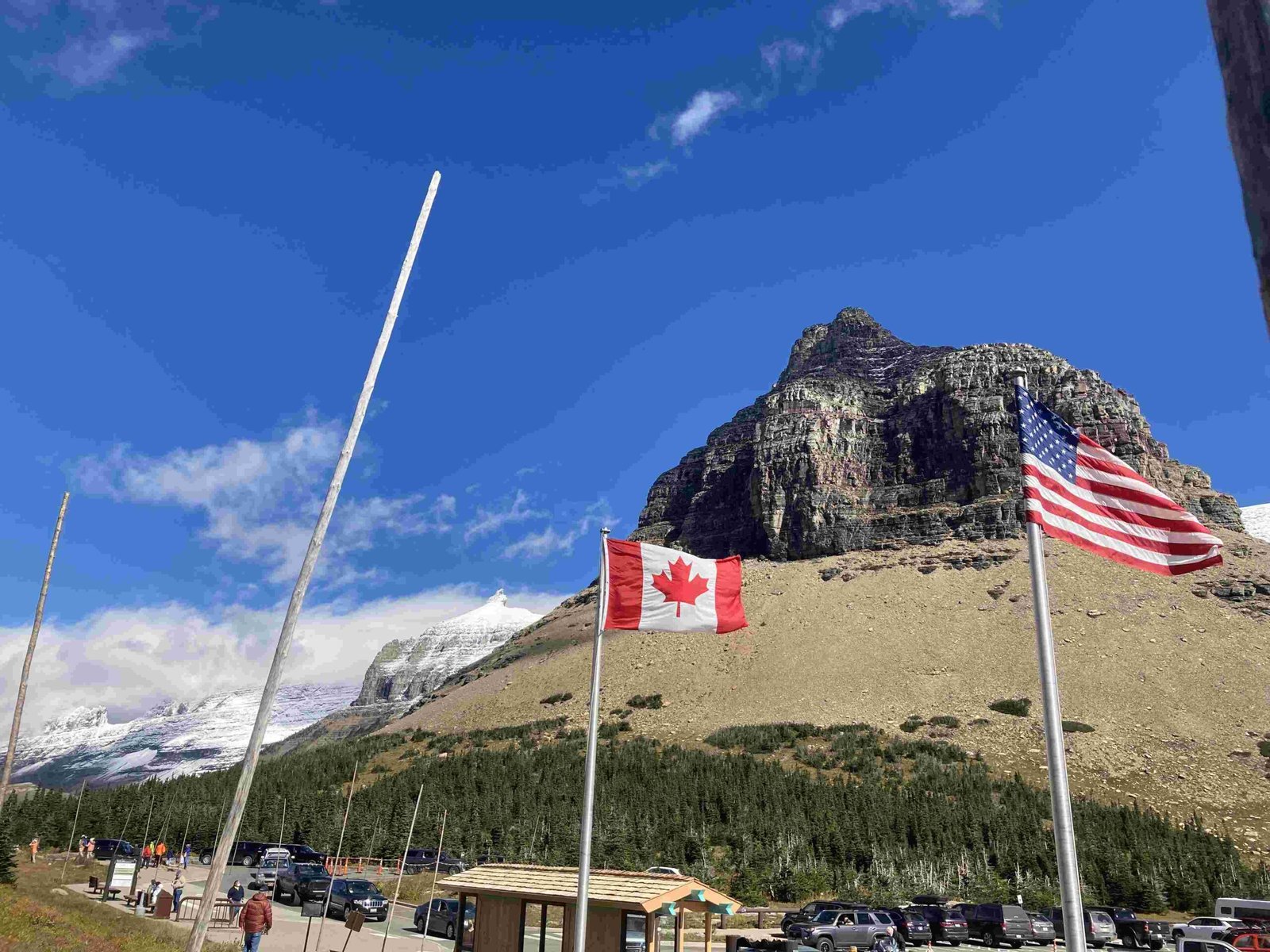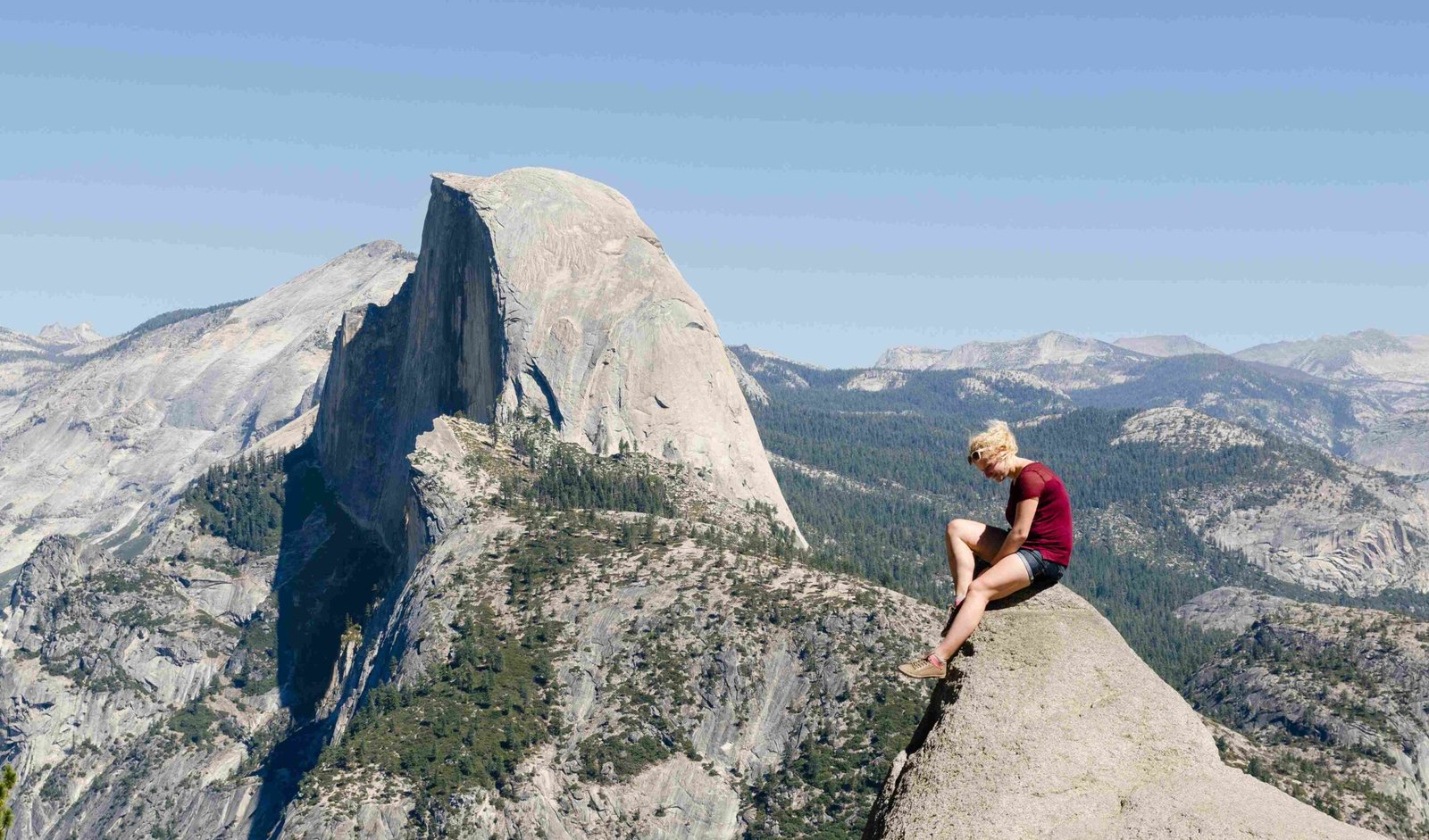Glacier National Park’s Dark Skies Preserve offers an unparalleled celestial experience. Designated as an International Dark Sky Park, it provides pristine views of the night sky, free from light pollution. Visitors can enjoy guided stargazing events, astrophotography workshops, and seasonal astronomy programs. The park’s commitment to preserving natural darkness makes it an ideal destination for amateur astronomers and night sky enthusiasts.
What Makes Glacier National Park a Dark Skies Preserve?

Glacier National Park’s designation as a Dark Skies Preserve stems from its commitment to minimizing light pollution and preserving the natural night sky. The park has implemented strict lighting standards and educational programs to maintain its dark sky status. This dedication allows visitors to experience the night sky in its most pristine form, offering views of the Milky Way, planets, and countless stars that are often obscured in urban areas.
Key factors contributing to Glacier’s Dark Skies Preserve status include:
- Remote location away from major urban centers
- Strict lighting regulations within the park
- Educational programs promoting dark sky awareness
- Collaboration with local communities to reduce light pollution
What Activities Are Available at the Dark Skies Preserve?

Guided Stargazing Events
Glacier National Park offers a variety of ranger-led astronomy programs throughout the summer months. These events provide visitors with expert insights into the night sky and celestial phenomena.
- Locations: Apgar Visitor Center, St. Mary Visitor Center, and Logan Pass
- Schedule: June to early September, typically from dusk to midnight
- Cost: Free, no reservations required
- Program Types:
- Night sky programs
- Star parties
- Constellation identification sessions
Dark Sky Photography Workshops
For those interested in capturing the beauty of the night sky, the park offers astrophotography workshops during special events.
- Astronomy Week 2024: September 3-6, featuring dedicated astrophotography sessions
- Topics Covered:
- Camera settings for night photography
- Composition techniques for starry landscapes
- Post-processing tips for astrophotography
Seasonal Programs
The park hosts special astronomy events throughout the year, offering unique opportunities for stargazing and celestial education.
| Event | Date | Features |
|---|---|---|
| Astronomy Week 2024 | September 3-6, 2024 | Solar viewing, night sky programs, 3D Mars panorama, Dusty Star Observatory tours |
| Logan Pass Star Parties | Summer (select dates) | Ticketed events at Logan Pass parking lot |
Where Are the Best Viewing Spots for Stargazing?
Apgar Village
- GPS Coordinates: 48.5263° N, 113.9873° W
- Accessibility: Wheelchair accessible
- Amenities: Restrooms, drinking water
- Why It’s Great: Offers stunning views of the night sky over Lake McDonald
Logan Pass
- GPS Coordinates: 48.6944° N, 113.7183° W
- Accessibility: Wheelchair accessible
- Amenities: Restrooms, drinking water
- Why It’s Great: High elevation provides clear, unobstructed views of the stars
Lake McDonald and St. Mary Lake
- Lake McDonald GPS: 48.6167° N, 113.8833° W
- St. Mary Lake GPS: 48.7333° N, 113.4667° W
- Accessibility: Varies by specific location
- Amenities: Restrooms and drinking water at nearby visitor centers
- Why They’re Great: Reflective surfaces of the lakes create stunning starry vistas
What Techniques and Equipment Are Recommended for Dark Sky Photography?
Camera Settings
To capture the beauty of Glacier’s night sky, consider these settings:
- Lens: Wide-angle (14-24mm range)
- Aperture: f/2.8 or wider
- ISO: 1600-3200
- Exposure Time: 20-30 seconds
- Focus: Manual, set to infinity
Essential Equipment
- Sturdy tripod
- Remote shutter release or intervalometer
- Extra batteries (cold temperatures drain them quickly)
- Red headlamp to preserve night vision
Best Practices
- Scout locations during daylight hours for safety
- Use the 500 rule to avoid star trails (500 ÷ focal length = max exposure time in seconds)
- Take multiple exposures and stack them in post-processing for cleaner images
- Include foreground elements for more interesting compositions
What Challenges and Restrictions Exist for Accessing the Dark Skies Preserve?
Parking and Transportation
- Limited Parking: Spaces fill up quickly during peak events
- Road Closures: Going-to-the-Sun Road may have limited access or closures, especially in winter
- Alternative Transport: Consider using the park’s shuttle service when available
Rules and Guidelines
To preserve the dark sky experience and protect the environment, visitors must adhere to specific rules:
- Use only red light flashlights or headlamps
- Keep noise levels to a minimum
- Follow Leave No Trace principles
- Obey all park regulations and closures
Weather Considerations
- Programs may be cancelled due to inclement weather
- Check the forecast before heading out
- Dress in layers, as temperatures can drop significantly at night
How Can Visitors Prepare for a Dark Sky Experience at Glacier National Park?
Essential Items to Pack
- Warm, layered clothing
- Red light flashlight or headlamp
- Binoculars or telescope (if desired)
- Star charts or astronomy apps
- Snacks and water
- Camera equipment (for astrophotography)
Tips for a Successful Stargazing Trip
- Allow 20-30 minutes for your eyes to adjust to the darkness
- Download a star chart or astronomy app before arriving (limited cell service in the park)
- Check the moon phase calendar and plan your visit during a new moon for the darkest skies
- Attend a ranger-led program to enhance your understanding of the night sky
- Consider joining local astronomy clubs for group stargazing events
What Impact Does the Dark Skies Preserve Have on Wildlife and the Environment?
The preservation of dark skies in Glacier National Park has significant benefits for both wildlife and the ecosystem:
- Nocturnal Animal Behavior: Natural darkness supports the normal activities of nocturnal animals
- Migration Patterns: Dark skies help maintain proper migration patterns for birds and insects
- Plant Life Cycles: Natural light-dark cycles are crucial for plant growth and flowering
- Energy Conservation: Reduced artificial lighting leads to energy savings and lower carbon emissions
- Human Health: Exposure to natural darkness improves sleep patterns and overall health for park visitors and staff
By maintaining its Dark Skies Preserve status, Glacier National Park not only provides exceptional stargazing opportunities but also contributes to the overall health of its diverse ecosystem.